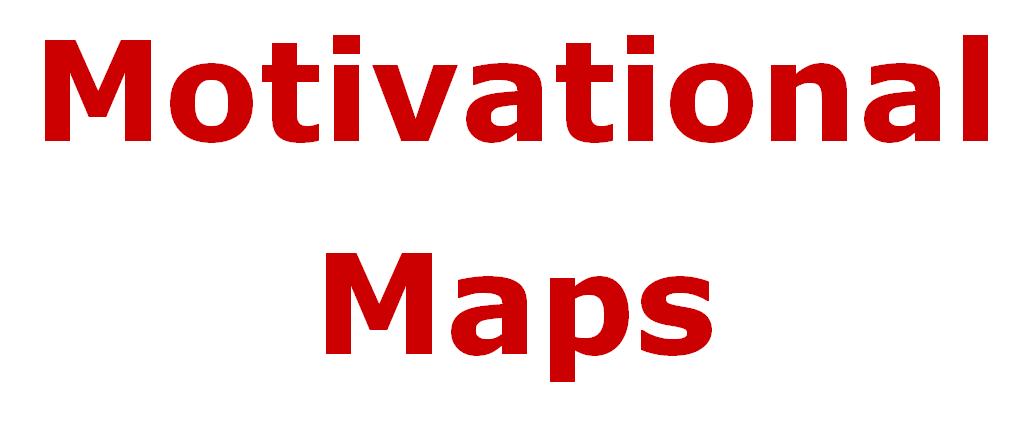With the number of networked connections increasing by 30% per year, are we any clearer on what the world according to connected devices, aka Internet of Things, actually is and means?
Towards the end of 2013, I attended a Cambridge Wireless event aimed at shedding more light on this and looking at what opportunities will exist for technologies in this area in 2014 and beyond. Here I list out some key headlines and themes.
First question is what M2M/IoT is aiming to do - things have moved on from using M2M as a mechanism to improve operating efficiency and reducing costs to more as an enabler of new services. It is a platform for innovation, disrupting existing processes and generating incremental revenues. To this players in the area need to understand how to integrate their devices/sensors etc with IT and how to coordinate with the various partners in the value chai. Success now could well have more to do with vertical sector integration than a horizontal piece of technology or expertise that others then integrate into their own solutions to meet specific needs. To gain full value from IoT investments companies need to be expert at information sharing - development and engineering, with operations, billing, product marketing, CRM and sales.
The central theme becomes how to harness value in the networked marketplace to bring value to the consumer:
- Data becomes mission critical in terms of driving revenue growth
- Optimisation is based on real-time data and not estimations or last night batch run
- The data and information is more important than the connectivity
- IoT provides the "industrial internet" - the glue behind all enterprise activities
- Human relationships still the key - survival of the fittest in terms of those able to adapt to change
Let's take the example of the connected toaster - what is seemingly a trivial application of sophisticated technology as toast is toast, can actually reveal lots of interesting information about energy usage, family behaviour, safety, health, assisted living etc. Take smart cities - transport becomes an integrated element within the overall system not a standalone function.
What technological innovations will drive the IoT:
- Direct inter-device networking creating their own clouds
- Sensor miniaturisation - external, wearable, detachable, implanted
- Integration of the real and virtual worlds, e.g., active contact lenses
- Cheap displays
There are some interesting challenges facing the IoT ecosystem if it is to become mainstream:
- How to provide data assurance in the cloud - protection against disappearing cloud providers?
- How to aggregate data and information and people to pay for things they don't necessarily enjoy, e.g., insurance, energy and the smart home?
- What to do with information that you weren't expecting to get - real issue in the smart health market and early diagnostics of serious conditions where diagnosis runs ahead of cure?
- How to integrate with solutions for constituencies that will always attract spending, i.e., pets and children?
- Will areas of market failure provide the impetus to wider scale adoption, e.g., energy in Africa where, for example, two thirds of Nigeria is off grid?
- Will mobile operators dominate given they have a unique ability to manage the IoT from end to end and can benefit from increasing average subscriptions?



No comments:
Post a Comment